Ancho chile and chili powder are two distinct spices used in cooking. Ancho chile is a single dried poblano pepper with a smoky, sweet flavor, while chili powder is a blend of ground chiles and spices like cumin and garlic. Here's a quick comparison of their key differences:
Table of Contents
- What Is Ancho Chile?
- What Is Chili Powder?
- Key Differences Between Ancho Chile and Chili Powder
- Practical Tips for Using Both Ingredients
- Buying Guide: Choosing the Right Spice for Your Needs
- Conclusion
- Frequently Asked Questions
What Is Ancho Chile?
Ancho chile is a type of dried poblano pepper that has been roasted and sun-dried. It’s one of the most commonly used chiles in Mexican cuisine, known for its rich, smoky, and slightly sweet flavor profile. Unlike some hotter chiles, ancho chile offers a more mellow heat that complements a wide range of dishes.
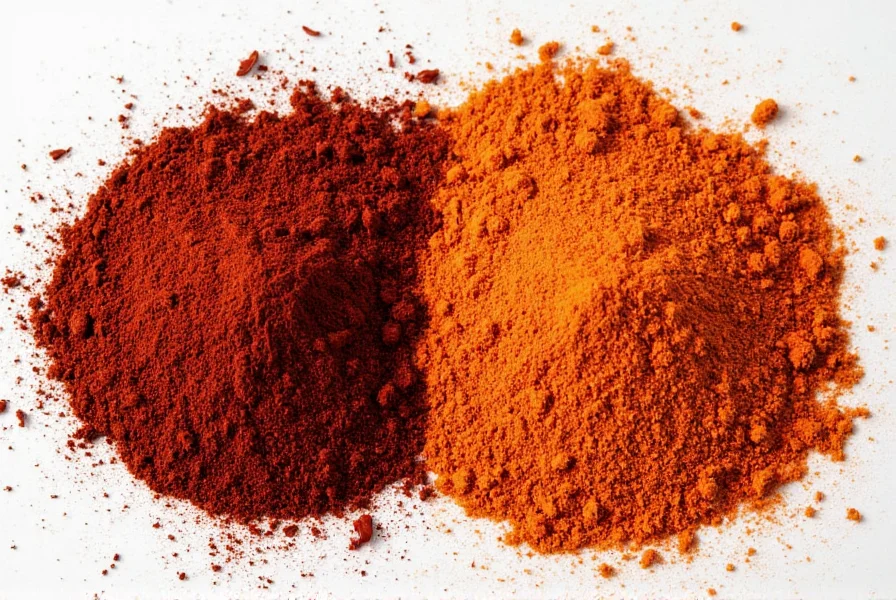
The ancho chile is often used in salsas, moles, stews, and sauces. It can be rehydrated and blended into a paste or ground into a fine powder. Its versatility makes it a staple in many kitchens, especially those focused on traditional Latin American cooking.
What Is Chili Powder?
Chili powder is a blend of ground chiles, often mixed with other spices like cumin, garlic powder, and oregano. While it can be made from a single variety of chile, most commercial chili powders are a combination of different types. This gives it a more complex flavor than a single chile variety alone.
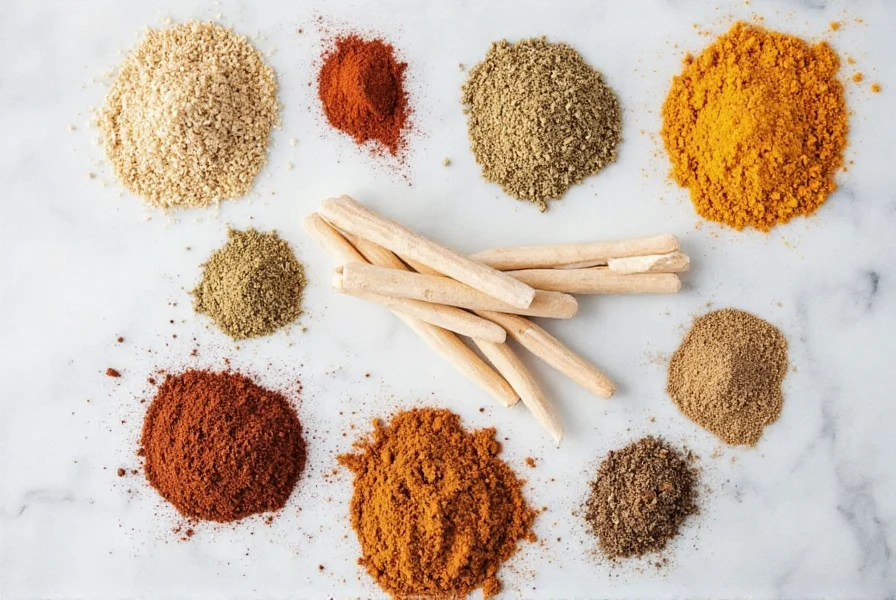
It’s widely used in Tex-Mex and Southwestern American cuisines. The heat level can vary depending on the type of chiles used, but generally, chili powder is less intense than fresh chiles. It’s also more convenient for quick recipes since it doesn’t require rehydration or preparation.
Key Differences Between Ancho Chile and Chili Powder
To better understand how ancho chile and chili powder compare, let’s look at their key differences:
| Feature | Ancho Chile | Chili Powder |
|---|---|---|
| Source | Dried and roasted poblano pepper | Blend of ground chiles and other spices |
| Flavor Profile | Smoky, sweet, and earthy | Spicy, savory, and aromatic |
| Heat Level | Mild to medium (300–500 SHU) | Moderate to hot (varies by blend) |
| Usage | Soups, stews, salsas, and sauces | Meat dishes, beans, and quick spice blends |
| Preparation | Requires soaking and blending | Ready to use straight from the jar |
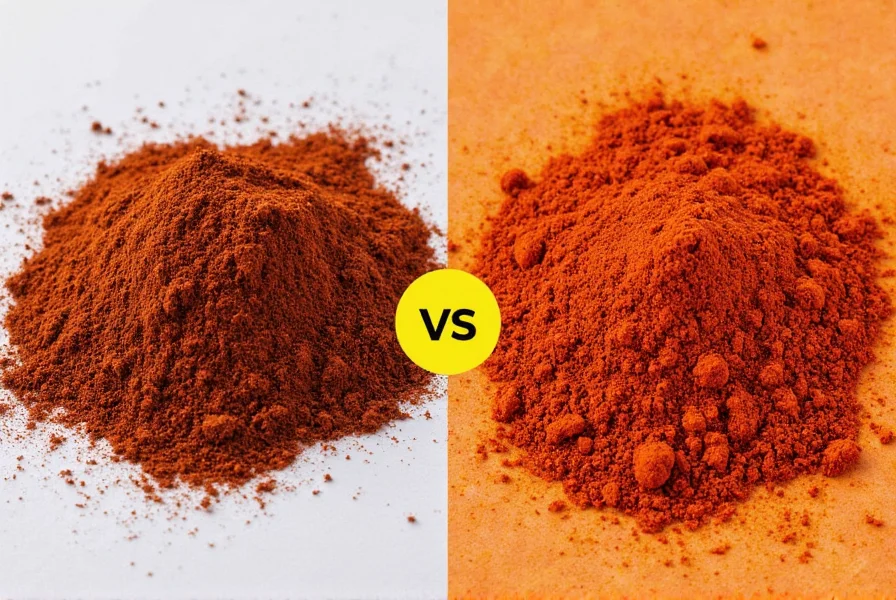
This comparison highlights that while both ingredients bring heat and flavor, they serve different purposes in the kitchen. Ancho chile is best for deep, rich flavors, whereas chili powder is ideal for convenience and versatility.
Practical Tips for Using Both Ingredients
Whether you're working with ancho chile or chili powder, here are some practical tips to get the most out of your spices:
- Rehydrate Ancho Chile: If using whole ancho chiles, soak them in hot water for 20–30 minutes until softened before blending into a sauce or paste.
- Toast Chili Powder: For a deeper flavor, lightly toast chili powder in a dry pan before adding it to a recipe.
- Balance Heat: If a dish is too spicy, add a bit of sugar, vinegar, or dairy to tone down the heat.
- Experiment with Blends: Try mixing ancho chile with other chiles or spices to create unique flavor profiles.
- Store Properly: Keep both ancho chile and chili powder in airtight containers away from light and moisture to preserve freshness.
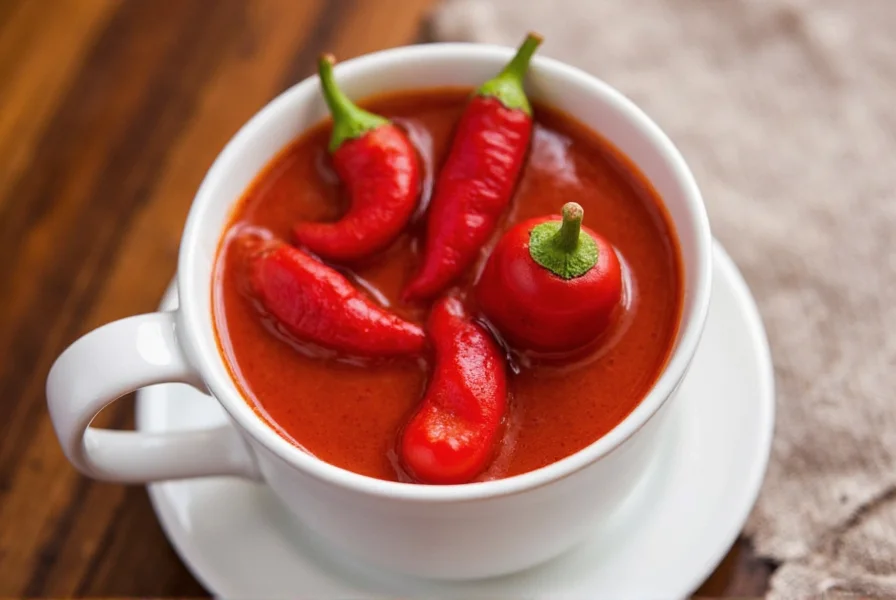
These tips can help you make the most of either ingredient, whether you’re cooking a traditional meal or experimenting with new flavors.
Buying Guide: Choosing the Right Spice for Your Needs
When shopping for ancho chile or chili powder, consider the following factors to ensure you get the right product for your needs:
For Ancho Chile:
- Quality: Look for plump, dark red chiles with no signs of mold or discoloration.
- Origin: Mexican-made ancho chiles are often considered the highest quality, though good options are available globally.
- Use Case: Ideal for making sauces, moles, and authentic Mexican dishes.
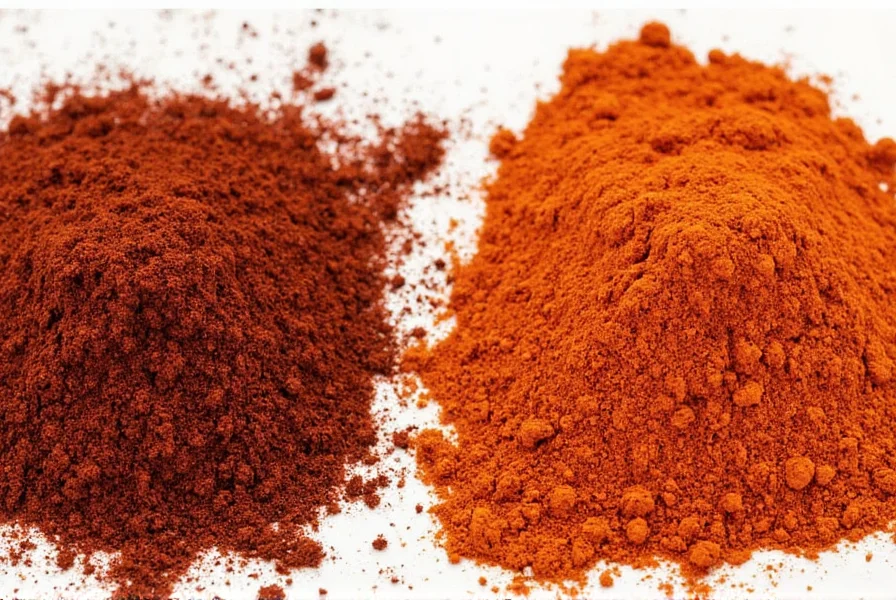
For Chili Powder:
- Blend Composition: Check the label to see which chiles and spices are included. Some blends may have more cumin or garlic than others.
- Heat Level: Choose a mild, medium, or hot blend based on your preference and the recipe requirements.
- Brand Reputation: Trusted brands like McCormick, Simply Organic, or La Voz offer reliable and flavorful options.
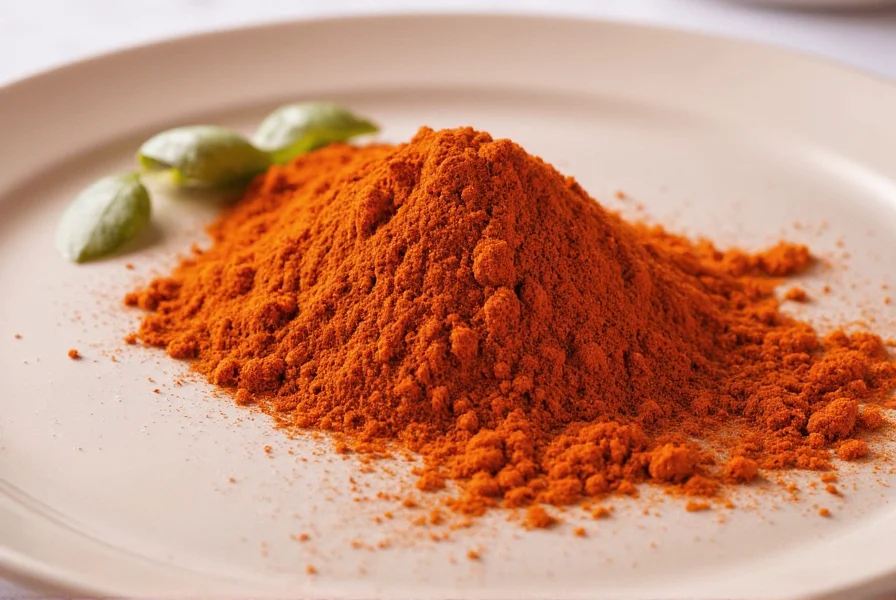
If you're looking for a quick and easy way to add spice to your meals, chili powder is the go-to choice. However, if you want a more nuanced, authentic flavor, ancho chile is the way to go.
Remember, the phrase “ancho chile vs chili powder” isn't just about heat—it's about flavor, versatility, and culinary tradition.
Conclusion
Understanding the difference between ancho chile and chili powder can transform your cooking. While both bring heat and depth to a dish, they do so in distinct ways. Ancho chile offers a rich, smoky flavor perfect for traditional recipes, while chili powder provides convenience and a broader flavor profile.
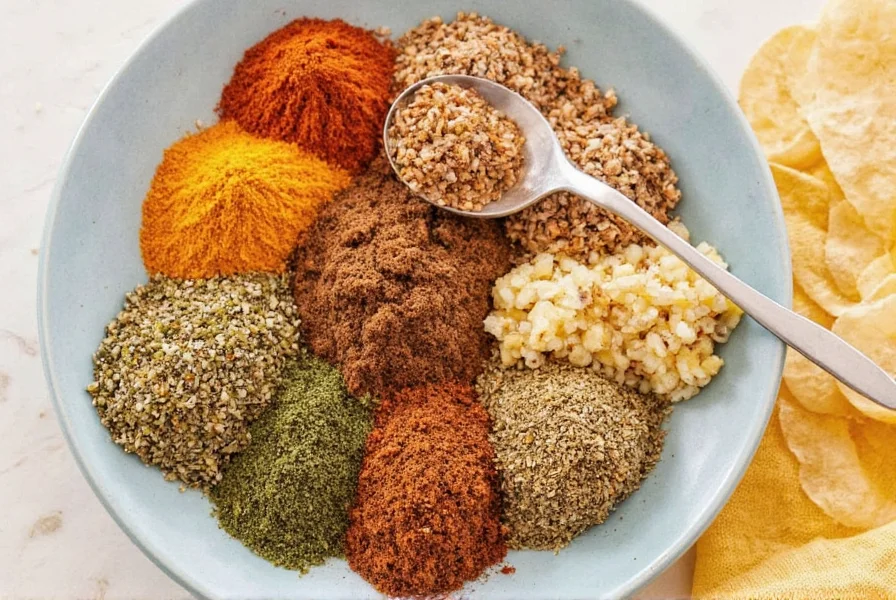
Whether you're preparing a hearty mole or a spicy chili, knowing which spice to use can elevate your meal from good to exceptional. So next time you reach for a spice, ask yourself: am I going for depth or convenience? The answer might just be the difference between a great dish and a memorable one.
In the world of spices, every ingredient has its place—and understanding that place is what makes the difference.
Frequently Asked Questions
Can I substitute ancho chile for chili powder in recipes?
Yes, but with adjustments. Since ancho chile is a single ingredient while chili powder is a blend, replace 1 tablespoon of chili powder with 2 tablespoons of ground ancho chile plus ¼ teaspoon each of cumin and garlic powder to mimic the complex flavor profile.
Is ancho chile hotter than chili powder?
Generally no. Ancho chile has mild heat (300–500 SHU), while commercial chili powder blends often include hotter chiles like cayenne, making them moderately spicy. Always check specific product labels as heat levels vary between brands.
What's the best way to use whole ancho chiles?
For maximum flavor, remove stems and seeds, toast lightly in a dry skillet for 30 seconds per side, then soak in hot water for 20 minutes. Blend into a smooth paste for sauces, moles, or adobos. This process unlocks their signature smoky-sweet depth.
Why does my chili powder taste different from ancho chile powder?
Chili powder contains additional spices (typically cumin, garlic, oregano), while pure ancho chile powder is just ground dried poblanos. If buying "ancho chile powder," verify it contains only chiles – some brands mix in other spices similar to standard chili powder.
How long do these spices stay fresh?
Whole ancho chiles last 6–12 months in airtight containers away from light. Ground versions (both ancho powder and chili powder) retain peak flavor for 3–6 months. For best results, write purchase dates on containers and store in cool, dark pantries.
Can I make my own chili powder using ancho chiles?
Absolutely. Blend 2 parts ground ancho chile with 1 part ground cumin, ½ part garlic powder, and ¼ part oregano. For heat variation, add small amounts of chipotle or arbol chile powder. Toast whole spices before grinding for enhanced aroma.

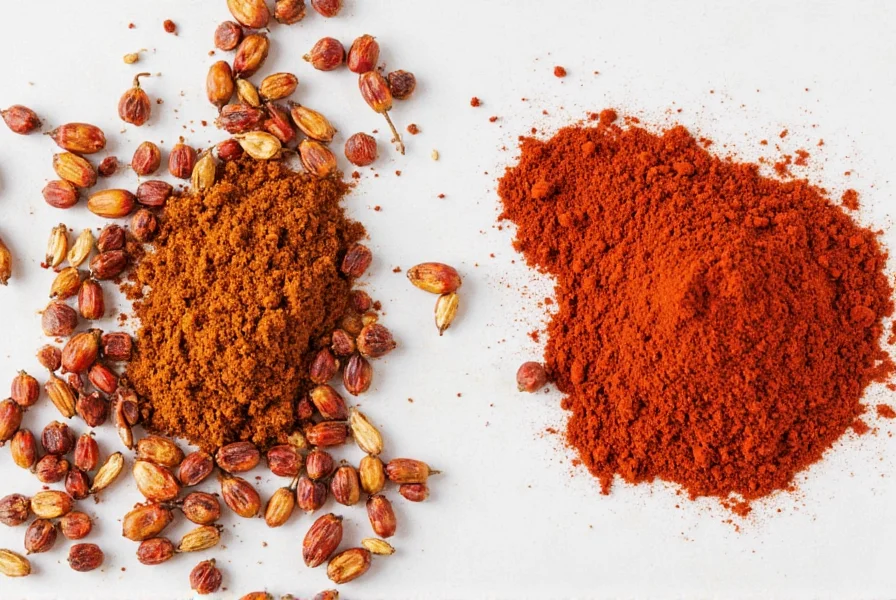









 浙公网安备
33010002000092号
浙公网安备
33010002000092号 浙B2-20120091-4
浙B2-20120091-4